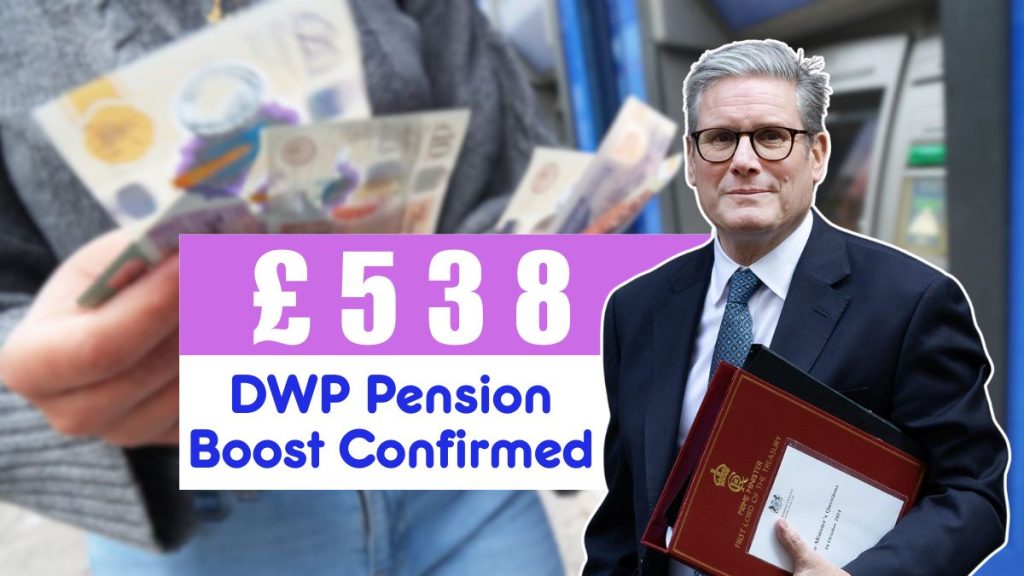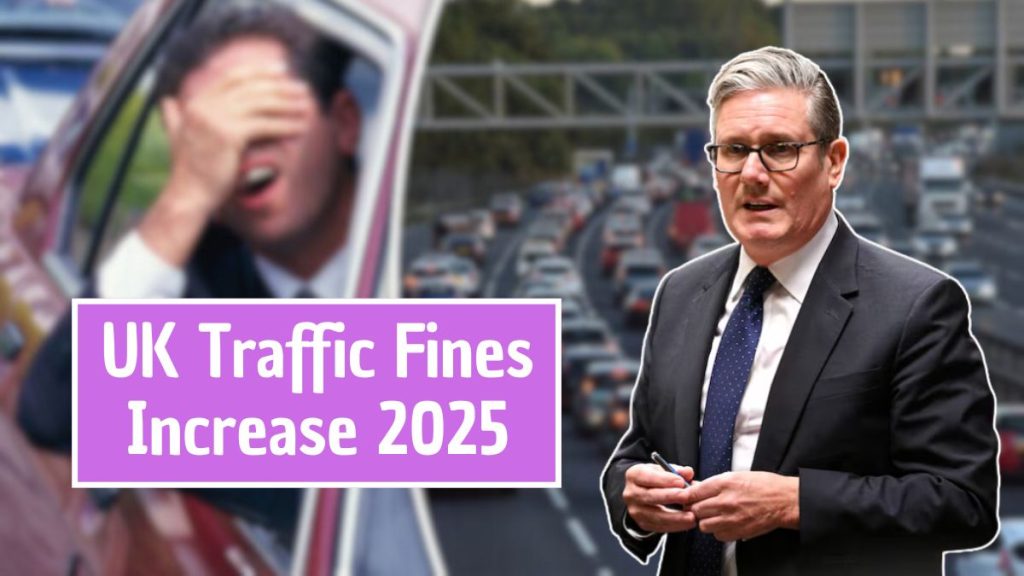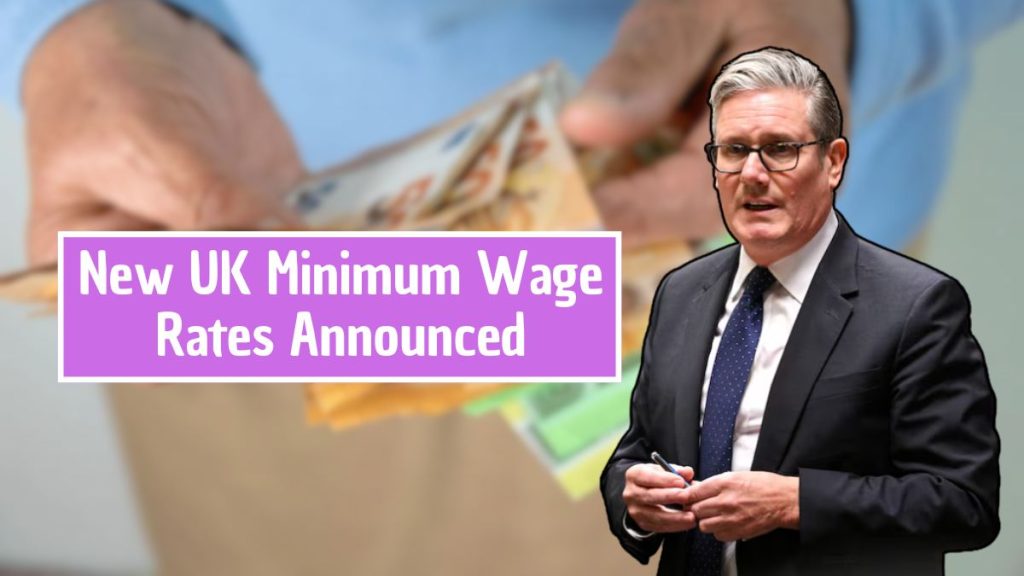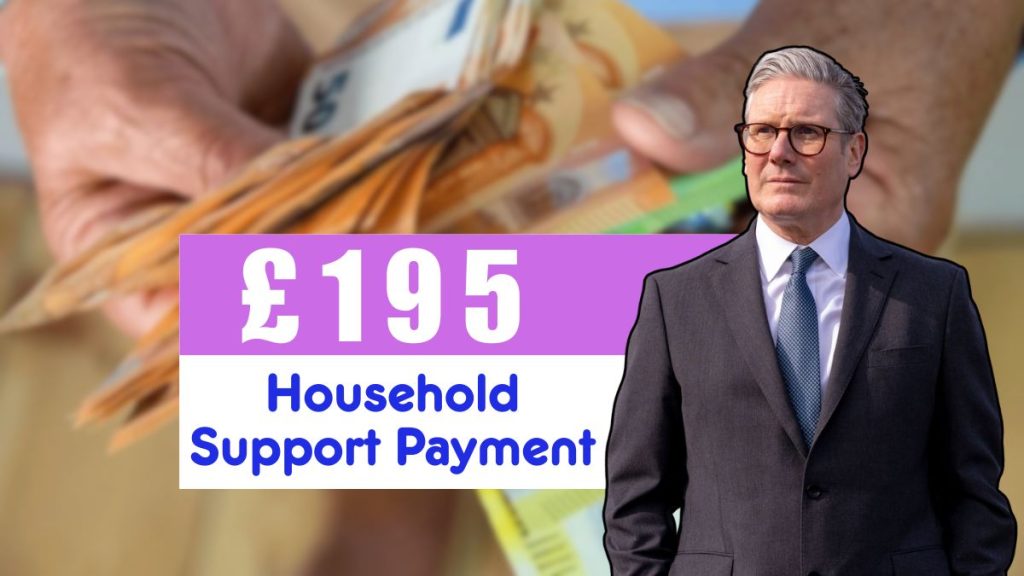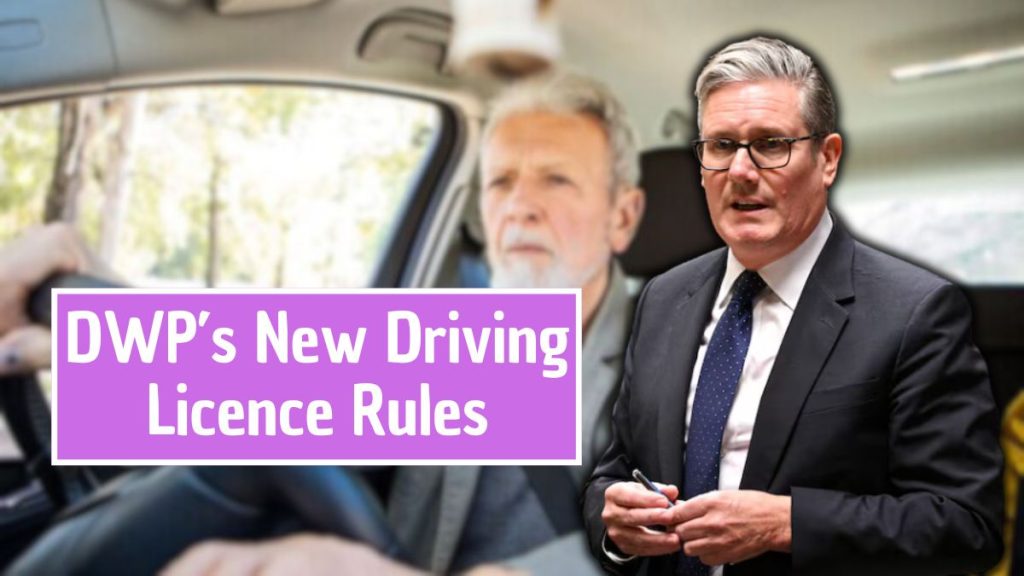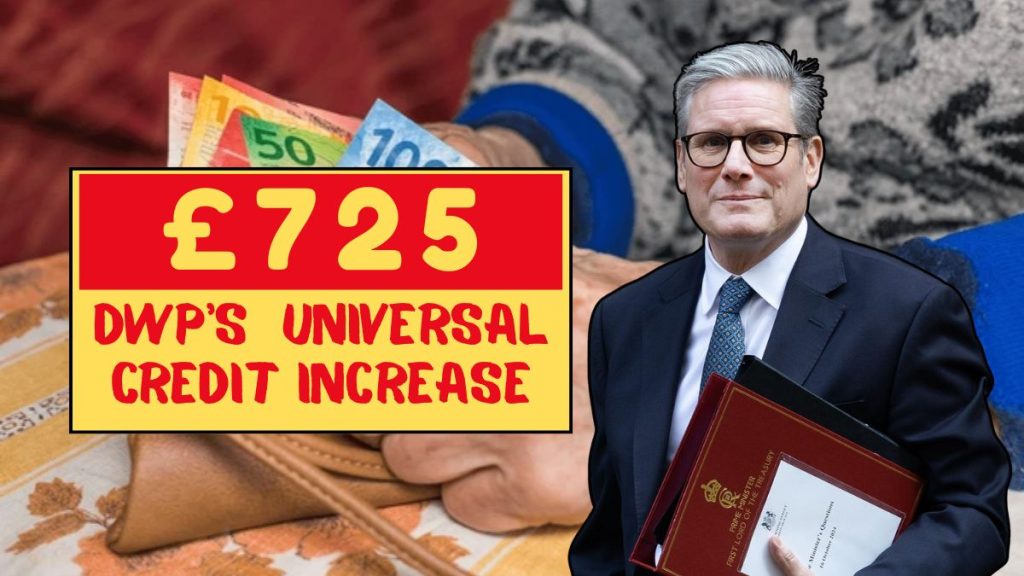The UK government has confirmed a new £120 weekly benefit designed to give additional financial support to eligible workers. This update marks one of the most significant reforms to the welfare and employment support system in recent years.
With the cost of living continuing to rise, households are under growing financial strain. The new payment is intended to ensure that working individuals maintain a minimum level of income stability, reducing the pressure on families who are employed yet struggling to make ends meet.
This article explains everything workers across the UK need to know – from eligibility rules to application processes, payment schedules, and long-term implications.
What Is the £120 Weekly Benefit?
The £120 weekly benefit is a direct payment from the government aimed at helping low- and middle-income workers. It acts as a top-up to wages or a safety net for those whose incomes fall below the level needed to cover essential costs like rent, utilities, and food.
Unlike traditional welfare that focuses on unemployed individuals, this scheme is part of a modern approach to in-work support, ensuring those in employment are not left behind.
Why Has the Benefit Been Introduced?
Several key reasons explain why the government has rolled out this new payment:
- Rising living costs: Inflation, higher energy bills, and food price increases have left families struggling.
- Support for low-income workers: Many employed people still live close to or below the poverty line.
- Encouraging work: By topping up earnings, the benefit makes staying in employment financially worthwhile.
- Simplifying support: Consolidating smaller allowances into a single weekly payment reduces confusion and improves access.
Overall, the aim is to balance fairness with financial stability while boosting workforce participation.
Who Is Eligible for the £120 Weekly Benefit?
Eligibility depends on a number of conditions:
- Income level: Workers must earn below a set threshold (to be defined by the DWP).
- Employment status: Both full-time and part-time workers are included.
- Age requirement: Applicants must be over 18 but below the state pension age.
- Residency: Only UK residents in legal employment qualify.
- National Insurance: Workers may need to have paid or been credited with contributions.
This wide eligibility scope ensures that millions of UK workers may benefit, from supermarket staff to self-employed tradespeople.
How Does the Payment Work?
- Weekly payments: £120 deposited directly into claimants’ bank accounts.
- Income adjustments: The payment may reduce slightly if earnings rise above a set level.
- Compatibility: Can be received alongside Universal Credit, Housing Benefit, or other entitlements.
- Confirmation: The DWP will issue notices once eligibility is approved.
This streamlined approach makes the payment predictable, accessible, and transparent.
New Rules Workers Must Follow
The 2025 rollout introduces several new regulations:
- Earnings cap: Workers must remain under income limits to keep receiving the benefit.
- Reporting duties: Claimants must regularly update details of income and working hours.
- Integration with Universal Credit: Some payments will be assessed alongside UC claims.
- Regular reviews: The DWP may recheck claims to prevent fraud or ineligibility.
Failure to meet these obligations could result in suspension or repayment demands.
Payment Dates and Schedules
Payments will follow the weekly DWP benefit cycle, typically appearing in accounts on the same day each week.
- If a bank holiday falls on a scheduled date, payments may arrive earlier.
- Recipients can track payments using their DWP online account.
This regular rhythm will help claimants plan their household budgets more effectively.
Impact on Workers Across the UK
The £120 weekly benefit is expected to:
- Provide greater financial stability for low-paid employees.
- Reduce in-work poverty, especially among part-time and zero-hours workers.
- Support flexible working for parents and carers balancing family responsibilities.
- Encourage employment by making low-income jobs more sustainable.
Experts believe this will reshape the welfare landscape, putting a stronger emphasis on in-work support rather than unemployment aid.
Interaction with Other Benefits
- Universal Credit: May integrate as an additional payment.
- Housing Benefit: Total income will be considered but housing support will not be directly reduced.
- Tax Credits: Adjustments may be made for those on legacy systems.
This ensures that workers are not penalised for claiming multiple forms of support, though careful monitoring of entitlements is crucial.
How to Apply for the £120 Weekly Benefit
Applying is straightforward:
- Log in to your DWP online account or create one if new.
- Submit proof of employment and income records.
- Provide bank details for direct payment transfers.
- Complete identity checks as requested.
Claimants should ensure all details are accurate and up to date to avoid delays.
Common Mistakes to Avoid
- Not updating income after wage increases.
- Forgetting to declare changes in working hours.
- Assuming automatic eligibility without checking requirements.
- Missing application deadlines.
Being proactive and careful during the process will prevent rejection or repayment demands.
Real-Life Examples of Workers Benefiting
- Part-time supermarket worker: The £120 benefit allows her to cover transport and utility bills.
- Self-employed tradesman: Uses the payment during quieter work periods to maintain income stability.
- Single parent: Combines the £120 with Universal Credit, easing childcare costs.
These examples highlight the broad impact across different sectors of society.
Long-Term Implications for Welfare Policy
Experts predict this scheme will:
- Shift focus from unemployment to in-work support.
- Increase reliance on digital benefit systems.
- Provide a stronger safety net during economic downturns.
If successful, the scheme could become a template for future welfare reform.
Criticism and Public Debate
Despite the positive outlook, some concerns have been raised:
- Wage stagnation fears: Employers may rely on government support instead of raising salaries.
- Universal Credit complexity: Integrating the benefit could confuse claimants.
- Exclusion of pensioners: Retirees argue that similar support should extend to them.
The government insists the benefit is a balanced response to cost-of-living pressures, but debate is likely to continue.
Preparing for the Change
Workers are advised to take early action:
- Check eligibility using government calculators.
- Review financial records with HMRC/DWP.
- Plan household budgets with the £120 included.
- Seek advice from Citizens Advice or financial experts if unsure.
FAQs on the £120 Weekly Benefit
1. What is the £120 weekly benefit?
It is a government payment designed to provide financial support to low- and middle-income workers.
2. Who qualifies for the payment?
UK residents aged 18 to pension age, working full- or part-time, with incomes below a set threshold.
3. Can it be combined with other benefits?
Yes. It works alongside Universal Credit, Housing Benefit, and other allowances.
4. How are payments made?
Direct weekly bank transfers, usually following the standard DWP payment cycle.
5. What happens if my income changes?
You must report it. Failure to do so may result in losing eligibility or having to repay funds.











